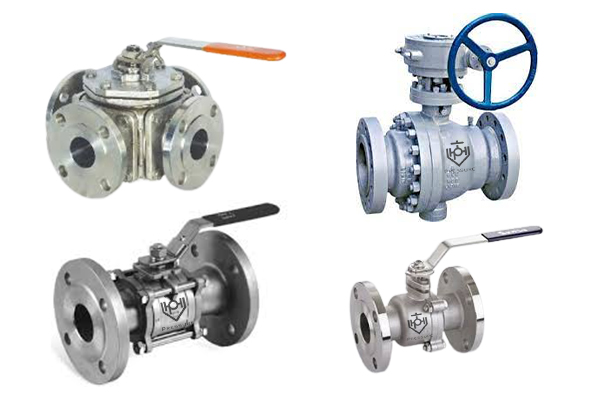A ball valve has a quarter turn spindle connected to a ball inside the valve. The ball has a hole, or port, through the middle so that when the port is in line with both ends of the valve, flow will occur. When the valve is closed, the hole is perpendicular to the ends of the valve, and flow is blocked. The handle position lets you see the valve’s position. On a floating ball type, the upstream pressure
presses the ball against the seat, giving a tight shut off. On a trunnion mounted type, the ball is fixed; seat sealing action is achieved by the thrust of springs acting on the seat rings, as the pressure increases the fluid pressure pushes the seat rings against the ball.
Ball Valves are Strong enough & Usually work to achieve the perfect shutoff even after years of No use. Therefore, Ball Valves are Perfect Choice for Shutoff Application & are often preferred to globe & Gate valve for this purpose, especially in smaller size.






